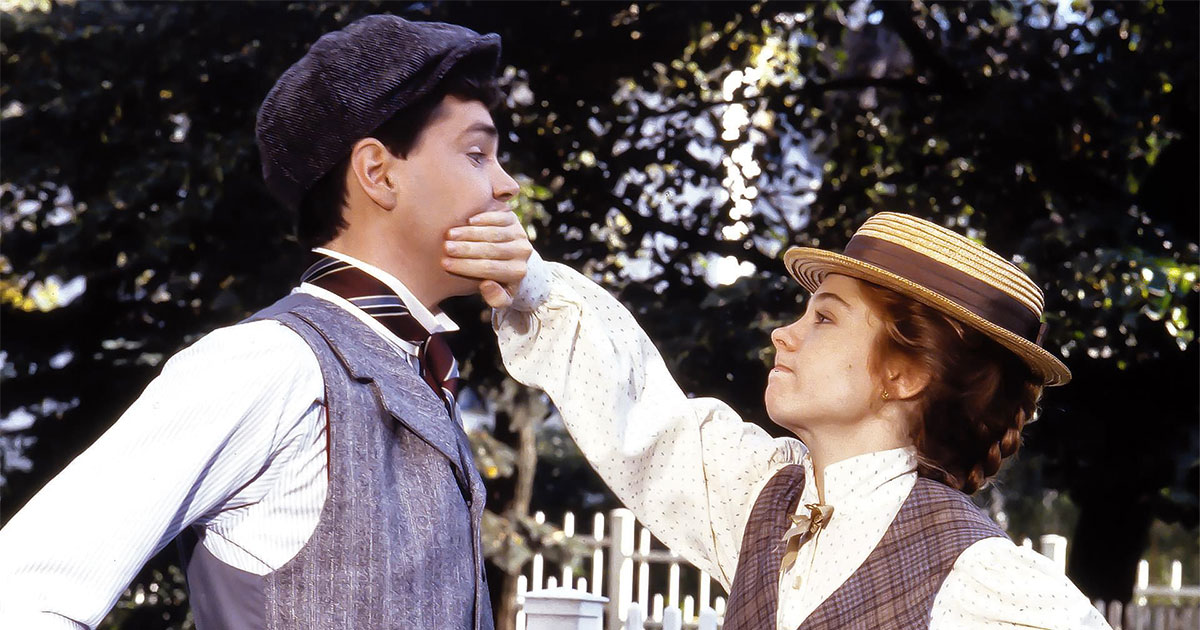Anne of Avonlea (1987): A Poetic Journey Through Growth, Love, and Identity
Anne of Avonlea (1987), also known as Anne of Green Gables: The Sequel, is the highly acclaimed follow-up to the beloved Anne of Green Gables (1985) miniseries. Directed by Kevin Sullivan and starring Megan Follows in the title role, this adaptation continues the heartfelt story of Anne Shirley — the imaginative, headstrong orphan turned young woman — as she faces the challenges of adulthood, career, and love in late 19th-century Prince Edward Island.
Based loosely on several of L.M. Montgomery’s novels — including Anne of Avonlea, Anne of the Island, and Anne of Windy Poplars — the film weaves a narrative that is both emotionally rich and visually enchanting. As the story begins, Anne is no longer the impulsive schoolgirl of Green Gables but an ambitious, idealistic young woman stepping into her role as a schoolteacher in Avonlea. She’s faced with difficult students, skeptical townsfolk, and her own self-doubt, but her resilient spirit and genuine love for people slowly win them over.

Megan Follows shines once again as Anne, delivering a performance that is both radiant and deeply felt. She captures the complexity of a young woman who is equal parts romantic dreamer and practical thinker — a woman who struggles with loyalty to home and the pull of the wider world. Her chemistry with Jonathan Crombie as Gilbert Blythe remains one of the highlights of the film. Their slow-burning relationship evolves beautifully, grounded in friendship, rivalry, and unspoken affection that matures into a love that feels earned and deeply satisfying.
As Anne begins to venture beyond Avonlea — accepting a position as a governess and later becoming an accomplished writer — she encounters new friends, adversaries, and moral challenges. Characters like the reclusive Mrs. Harris and the precocious twins Dora and Davy add charm and humor, while others test Anne’s resolve and principles. Through these encounters, Anne's values are tested, and her character deepens. She learns that idealism must sometimes yield to compassion and that growing up often means letting go of illusions while holding on to dreams.

Visually, Anne of Avonlea is a feast for the eyes. The production captures the breathtaking beauty of Prince Edward Island, with its rolling fields, sun-drenched orchards, and quaint village life. The film's costumes, set design, and cinematography all contribute to a sense of timeless elegance and authenticity that transports viewers into a nostalgic, pastoral world.
But beyond its aesthetic appeal, the true heart of the film lies in its emotional resonance. It speaks to universal themes: the pain and joy of growing up, the search for belonging, and the courage it takes to follow one’s own path. The storytelling is patient and thoughtful, allowing the characters to breathe and grow without rushing to melodrama.

In the end, Anne of Avonlea is more than just a sequel — it’s a soulful continuation of a coming-of-age journey that touches audiences of all ages. With its blend of wit, warmth, and wisdom, it stands as a beautifully crafted tribute to one of literature’s most enduring heroines.



-1752633462-q80.webp)